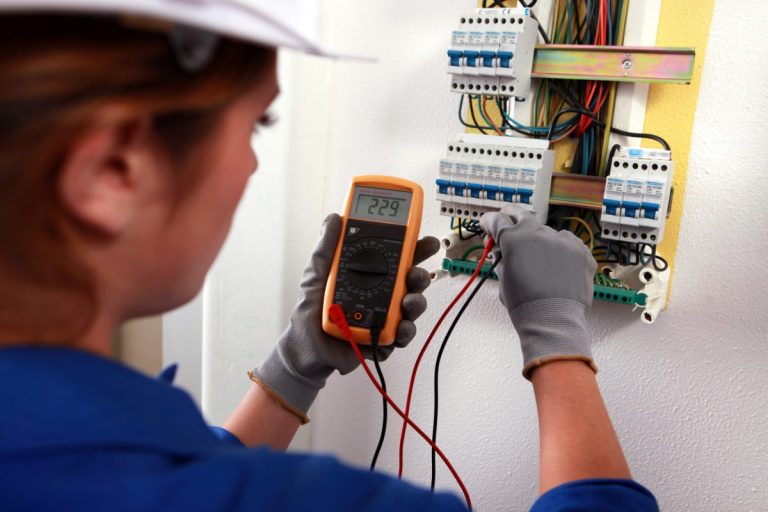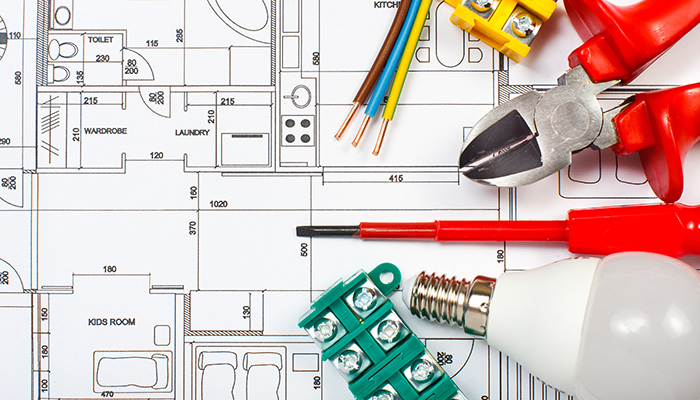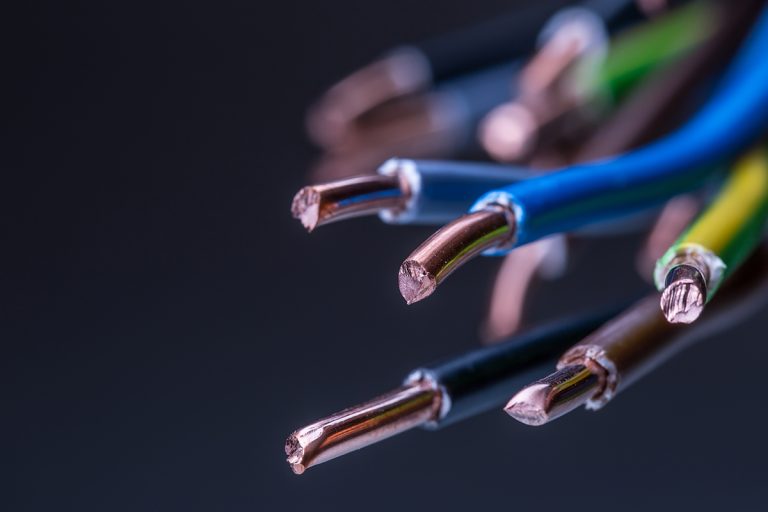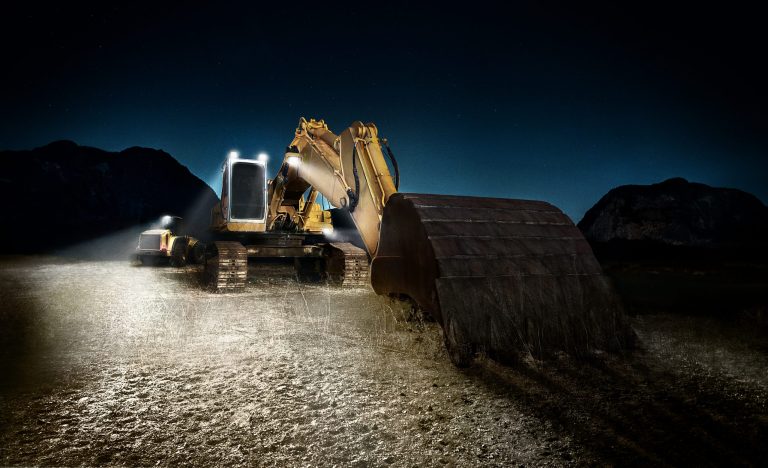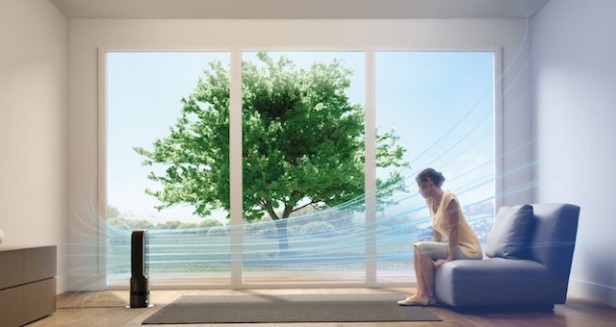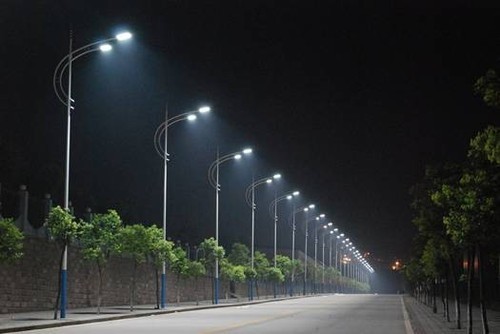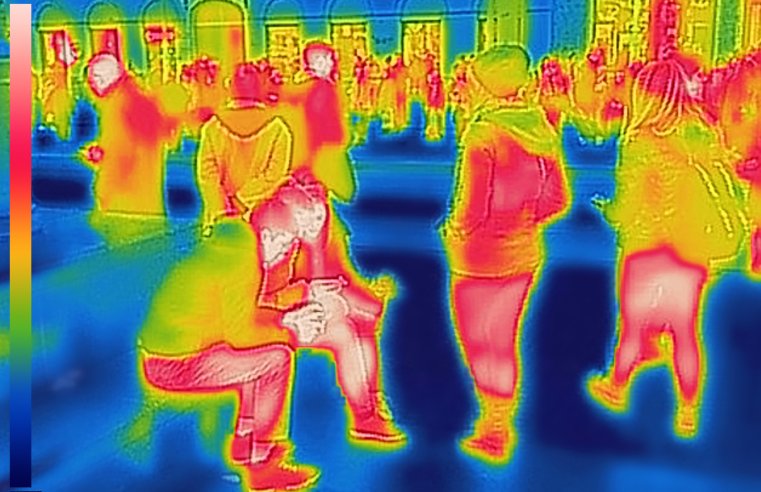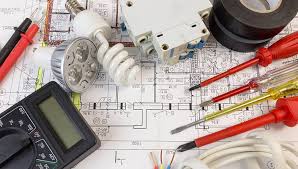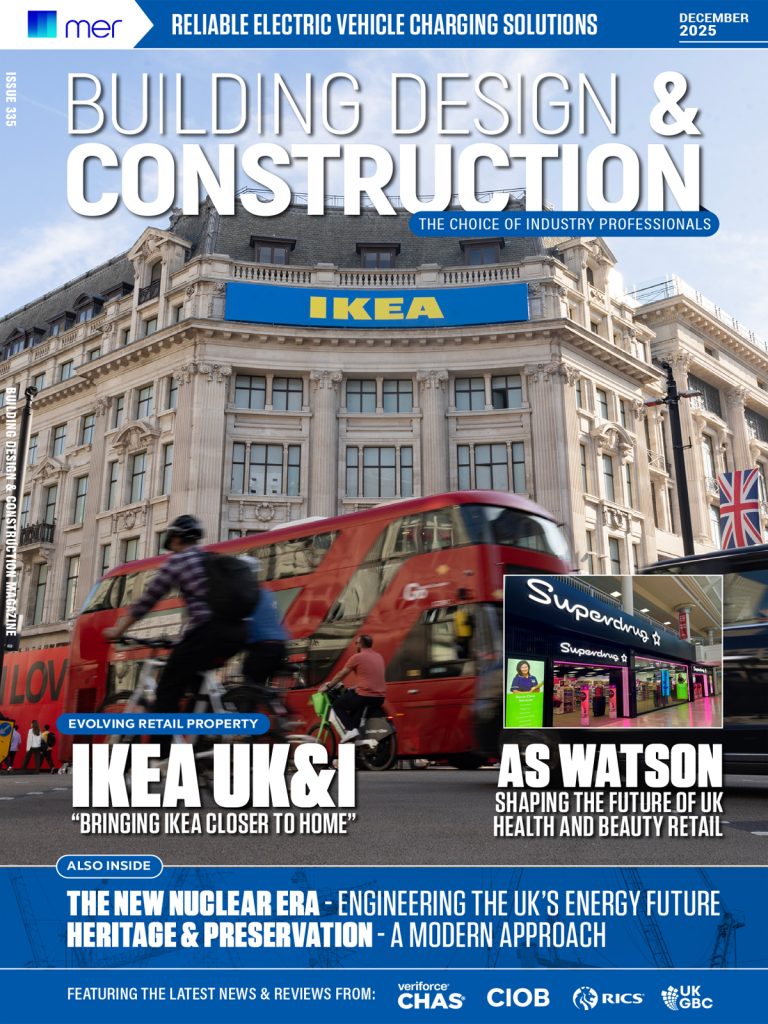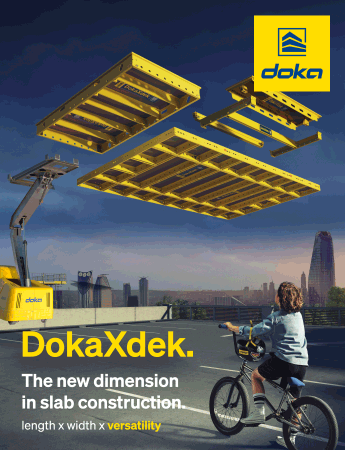Air purification is the removal of dust and other harmful impurities from the air using various technical means. Air purification by means of supply ventilation and air conditioning systems takes place in residential, public, and industrial buildings. In addition, air purification is used in various technological processes, such as oxygen production. The air is also cleaned by means of extraction from production buildings, followed by dry or wet cleaning in industrial plants. The air supplied to the buildings is cleaned from dust to create a favorable microclimate for employees and to prevent pollution of equipment and other elements of ventilation systems. Many technological processes of modern industrial production should be carried out only in premises where the air is thoroughly cleaned. Such air purification is most relevant for microelectronics and medicine, as well as for precision instruments, films, and photographs. Selection of means for air purification The choice of air purification agents depends on the requirements for air purification. Air purification, with the help of air filters, is the most common. These air purification filters are installed in the rooms of supply air ventilation, air conditioning, and air purification systems. Air purification at industrial enterprises plays a significant role in the system of environmental and health protection measures. Various filters are used for air purification and neutralization. For finer air purification, dust chambers, gas catchers, “cyclones” PVM units and other devices are used. Industrial air purifiers – how do they work? The air purifier can be integrated into the room ventilation system, or placed separately. Its task is to drive the air through special filters that capture dust, smoke, odors, and microorganisms, so that “at the output” the air is fresh, without foreign matter. If an air purifier is integrated into a ventilation system, the air is supplied to the filters by this system. If it is a separate device, then it works on the principle of air conditioner, “running” through the air in the room. By the way, certain types of cleaners can work in pairs with the conditioner. Such purification is also a great way to improve the microclimate in the room. By removing harmful impurities, dust, and bacteria, purifiers make not only the air cleaner. The general sanitary situation in the room is improved – after all, dust particles settling on the filters will not get back into the room, and thus will not settle on the surface of furniture and equipment. This is especially important for high-precision production and chemical and catering facilities (e.g. medical laboratories, precision optics plants, food processing plants, etc.). Many air purifiers have additional functions, such as the ability to saturate the air with ozone. If you have such a purifier, the room will smell like mountain air. Ozonation is a great way to get rid of pathogenic bacteria in the air and dust. It is also good for your health. According to research, people work better in rooms where air purifiers are installed as muscle and brain activity levels increase. If you want your employees to feel less sick and work better, buy this device.



